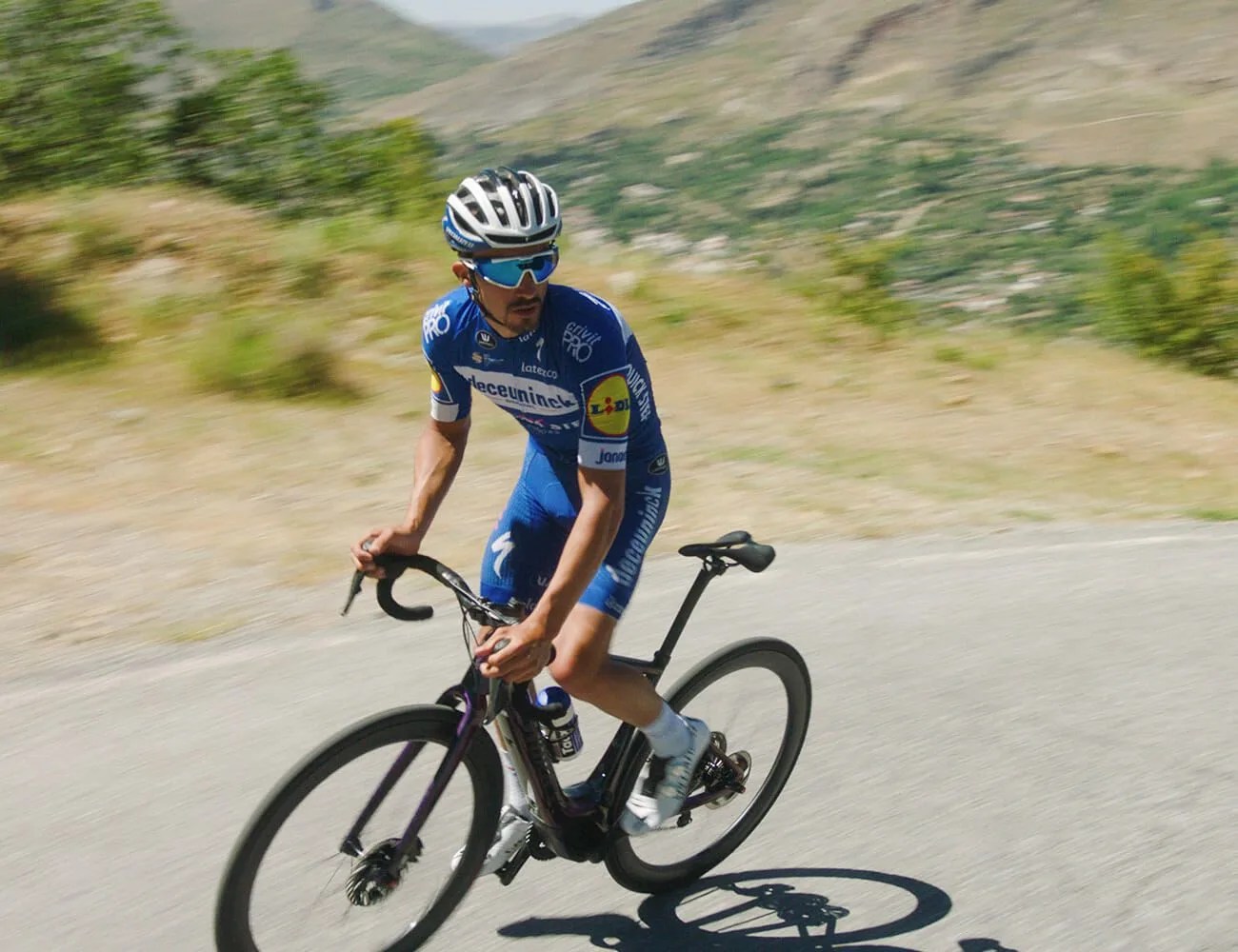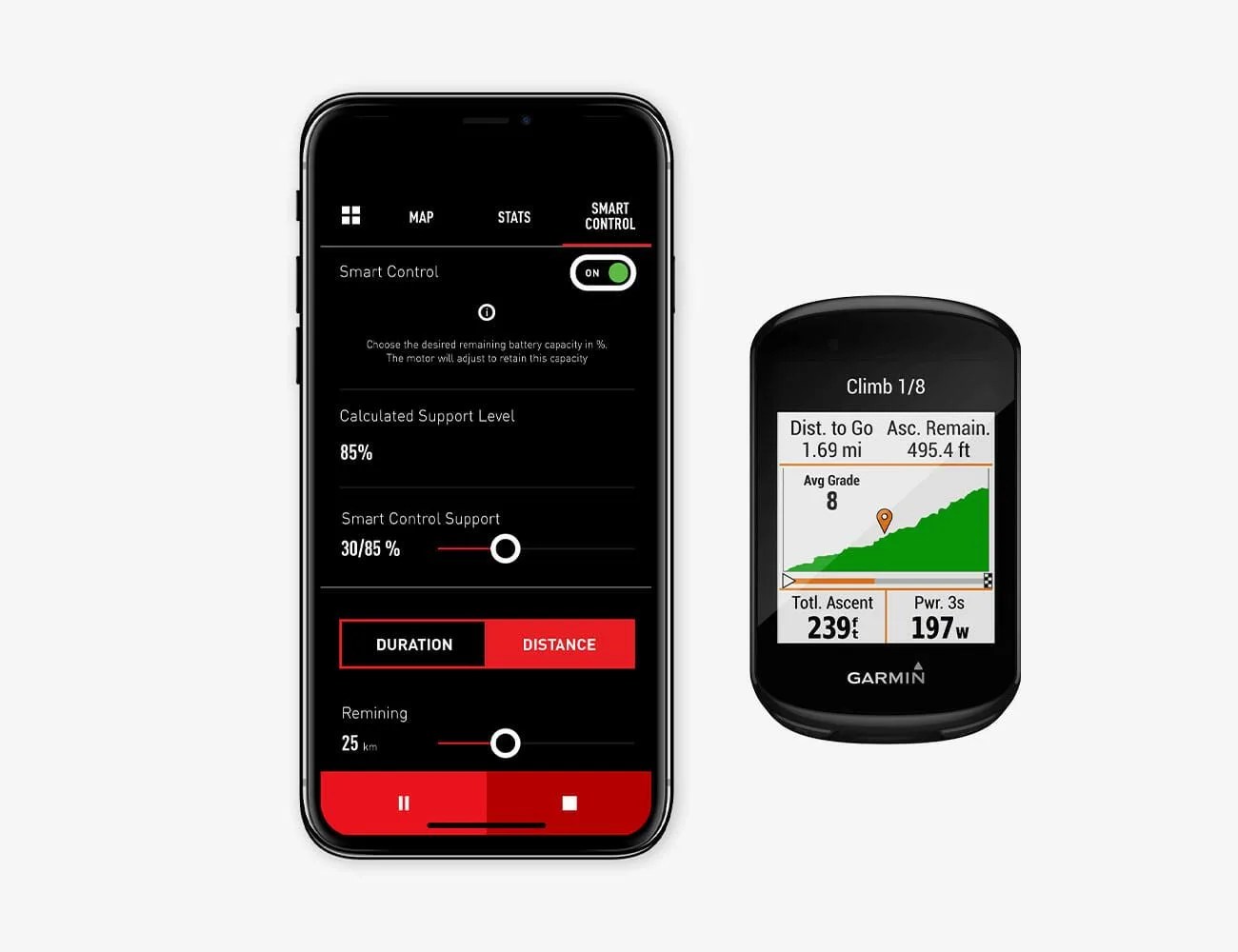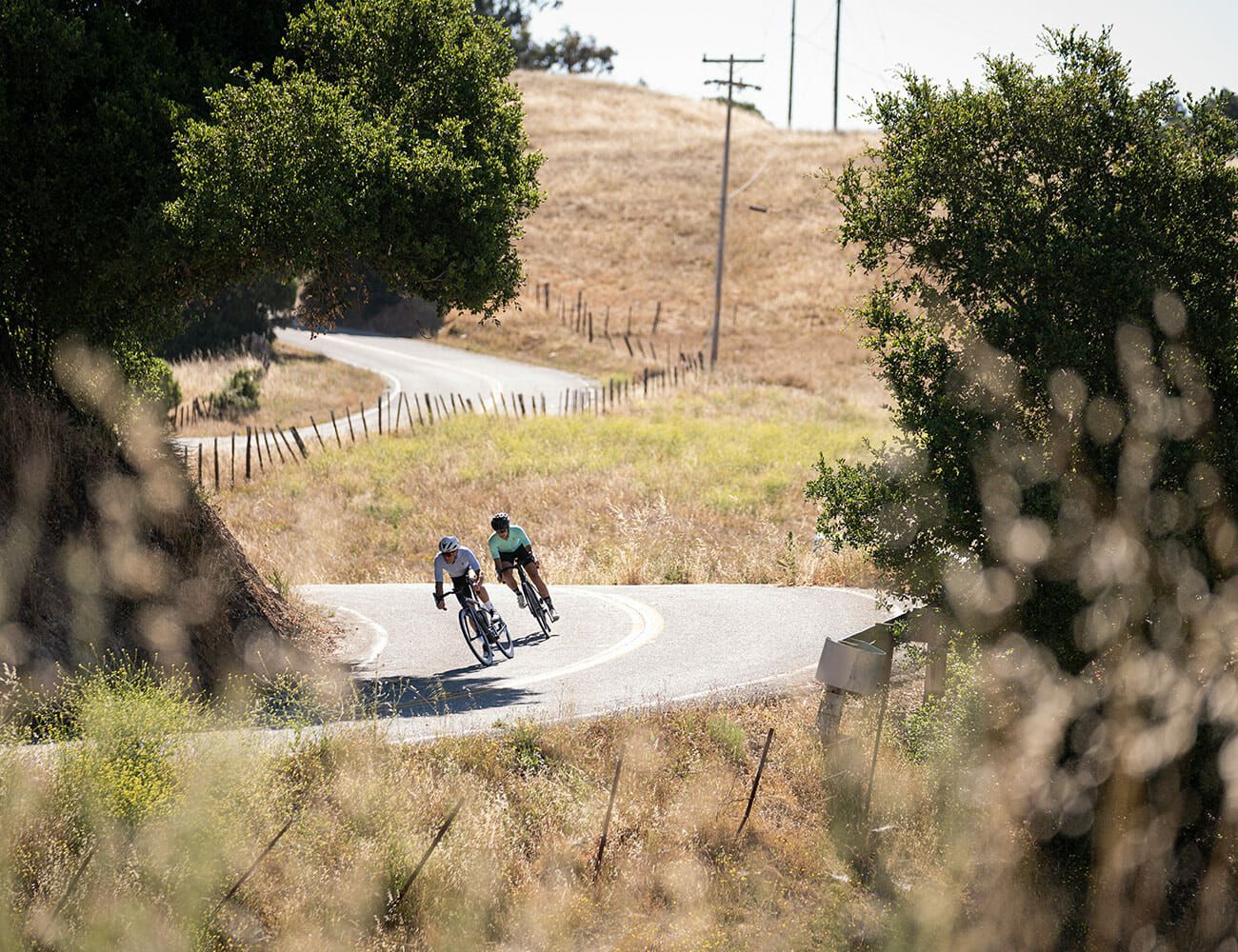Specialized likes to do things the hard way. Throughout its four-decade-plus history, the company has tinkered. It won’t just take off-the-shelf widgets and build another middling mountain, road, gravel (fill in the blank) bike. Instead, it has always taken those extant parts, gutted them to find out what makes them tick, and then started from scratch to improve them. To make them Specialized.
So the $9,000 carbon-fiber framed Turbo Creo SL Expert Evo isn’t just the first electric-assisted gravel bike to ride like an actual bicycle, and it’s not some meh mashup between bicycle and e-moto — it’s the first to ride exactly like the gravel bike of your dreams. And just so we’re clear here, the Evo is part of a three-bike Creo lineup. The $13,500 top dog is the S-Works Turbo Creo SL, and below that, the “peer” to the Evo is the Turbo Creo SL Expert, also $9,000. The S-Works machine comes with lighter carbon wheels and cockpit components, but otherwise, both it and the Expert are roadie oriented, with slick tires rather than the knobbies of the Evo.
The Good
Yes, it’s expensive. $9,000 can buy you a decent used car. But at 27 pounds it’s exceptionally lightweight, with the 240-watt motor and battery mounted ultra-low and in the center of the frame. Both of those facets are important to understand. Specialized developed its own battery and motor to pare away as much weight as possible. Every other e-bike on the planet is far heavier, and in turn, the ride feel stinks because those bikes have to be overly stiff to manage the weight. A lighter battery and motor allowed Specialized to build a yet lighter frame, one that was forgiving on the pummeled two-track where I tested the bike not far from Specialized’s HQ in Morgan Hill, California.
Specialized’s template was the excellent non-assisted Diverge gravel bike already in its lineup, which has a superb balance between vertical compliance and lateral stiffness under power. The Creo is nimble, too, because it borrows the Diverge’s footprint: the wheelbase is identical. So are the 425mm chainstays. That means the Creo SL handles intuitively. To test the feel I did repeated out-of-the-saddle sprints with zero electric-assistance, and rather than seeming like I was pushing an anvil up the road, I was rewarded with the kind of crisp acceleration I’d expect from a carbon-fiber race machine. That’s never been possible before, but Specialized labored for four years to make real the unreal.
Understand, by the way, that electric assistance isn’t full-time. You can turn it off entirely, or customize it to three power levels: Eco, Sport and Turbo. My test bike defaulted to Eco at 120 watts; Sport at 144 watts and Turbo at 240 watts.
I was happy to use Eco for mellower grades, but I have to admit that using Turbo to rocket up climbs above a 15 percent grade was transformational. I was still working — hard. But I was going at a pace that would set the KOM for most pros.




